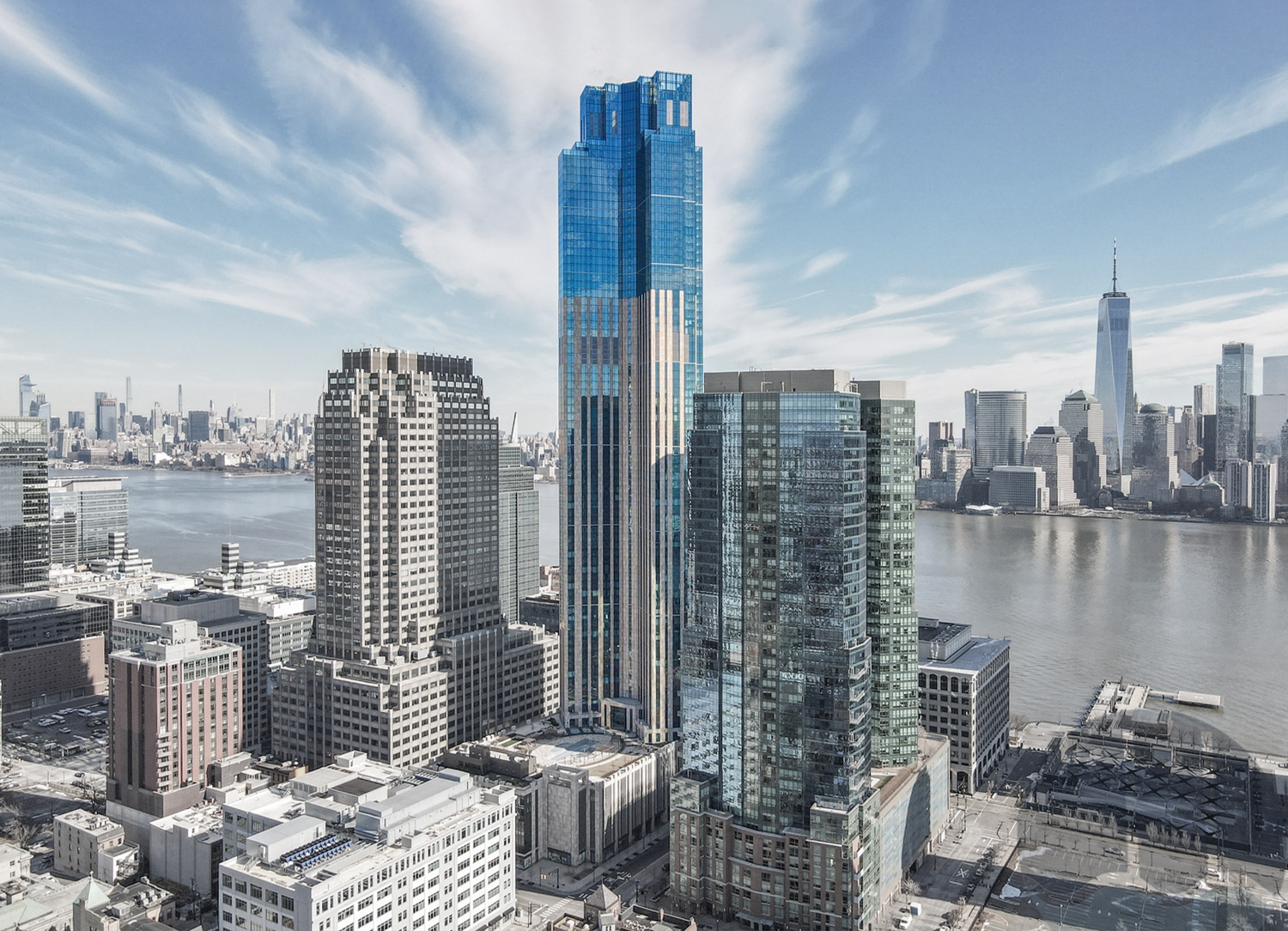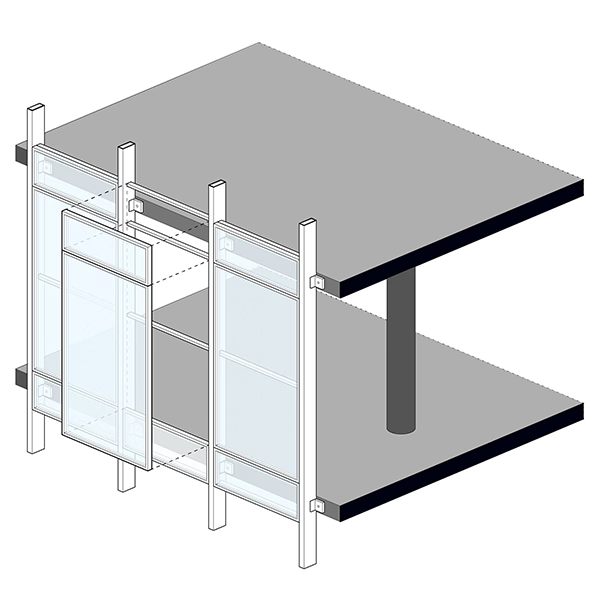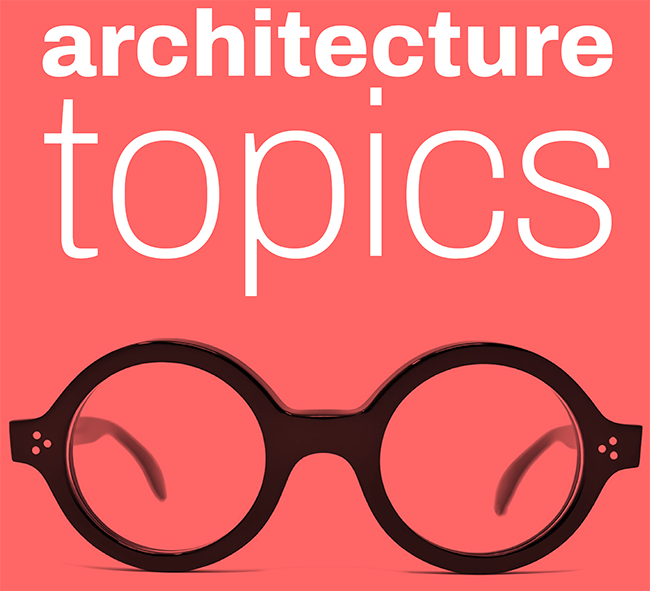The 99 Hudson Street Building is a Contemporary skyscraper designed in 2014 by Perkins Eastman, and built between 2016 and 2020 in Jersey City, NJ.
Its precise street address is 99 Hudson Street, Jersey City, NJ. You can also find it on the map here.


